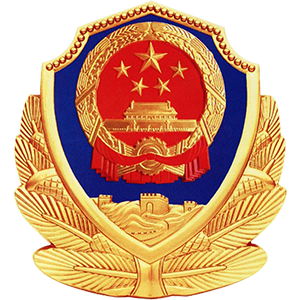| [1] |
Yamada Y, Ito K, Yokouchi Y,et al.Finite element analysis of steady fluid and metal flow[J].Finite Elements in Fluids:Viscous Flow and Hydrodynamics,1974,1:73-94.
|
| [2] |
Kawahara M.Steady and unsteady finite element analysis of incompressible viscous fluid[J].Finite Elements in Fluids,1974,3:23-54.
|
| [3] |
Kawahara M, Yoshimura N, Nakagawa K,et al.Steady and unsteady finite element analysis of incompressible viscous fluid[J].International Journal for Numerical Methods in Engineering,1976,10:437-456. doi: 10.1002/nme.1620100213
|
| [4] |
Christie I, Griffiths D F, Mitchell A R, et al. Finite element methods for second order differential equations with significant first derivative[J].International Journal for Numerical Methods in Engineering,1976,10:1389-1396. doi: 10.1002/nme.1620100617
|
| [5] |
Heinrich J C, Huyakorn P S,Zienkiewicz O C,et al.An upwind finite element scheme for two-dimensional convective transport equation[J].International Journal for Numerical Methods in Engineering,1977,11:131-143. doi: 10.1002/nme.1620110113
|
| [6] |
Brooks A N, Heghes T J R. Streamline upwind/Petrov-Galerkin formulations for convection dominated flows with particular emphasis on the incompressible Navier-Stokes equations[J].Computer Methods in Applied Mechanics and Engineering,1982,32:199-259. doi: 10.1016/0045-7825(82)90071-8
|
| [7] |
Wansophark N, Dechaumphai P. Enhancement of streamline upwinding finite element solutions by adaptive meshing technique[J].JSME International Journal Ser B, Fluids and Thermal Engineering,2002,45:770-779. doi: 10.1299/jsmeb.45.770
|
| [8] |
Zienkiewicz O C, Codina, R. A General algorithm for compressible and incompressible flow-part Ⅰ:The split, characteristic-based scheme[J].International Journal for Numerical Methods in Fluids,1995,20:869-885. doi: 10.1002/fld.1650200812
|
| [9] |
P·德乔姆凡,S·封查那帕尼.用于高速可压缩流体分析的带多维耗散格式的自适应Delaunay三角剖分[J].应用数学和力学,2005,26(10),1216-1228.
|
| [10] |
Phongthanapanich S, Dechaumphai P. Evaluation of combined Delaunay triangulation and remeshing for finite element analysis of conductive heat transfer[J].Transactions of the Canadian Society for Mechanical Engineering,2004,27:319-340.
|
| [11] |
Frey W H. Mesh Relaxation: A new technique for improving triangulations[J].International Journal for Numerical Methods in Engineering,1991,31:1121-1133. doi: 10.1002/nme.1620310607
|
| [12] |
Borouchaki H, George P L, Mohammadi B. Delaunay mesh generation governed by metric specifications-part Ⅱ:Application[J].Finite Elements in Analysis and Design,1997,25:85-109. doi: 10.1016/S0168-874X(96)00065-0
|
| [13] |
White F M.Viscous Fluid Flow[M].Third edition.New York: McGraw-Hill, 2005.
|
| [14] |
Williamson C H K. Oblique and parallel modes of vortex shedding in the wake of a circular cylinder at low reynolds numbers[J].Journal of Fluid Mechanics,1989,206:579-627. doi: 10.1017/S0022112089002429
|
| [15] |
Braza M, Chassaing P, Ha Minh H. Numerical study and physical analysis of the pressure and velocity fields in the near wake of a circular cylinder[J].Journal of Fluid Mechanics,1986,165:79-130. doi: 10.1017/S0022112086003014
|
| [16] |
Karniadakis G E, Triantafyllou G S. A passive control of vortex shedding in the wake of a circular cylinder[J].Journal of Fluid Mechanics,1989,199:441-469. doi: 10.1017/S0022112089000431
|




 下载:
下载:

 渝公网安备50010802005915号
渝公网安备50010802005915号